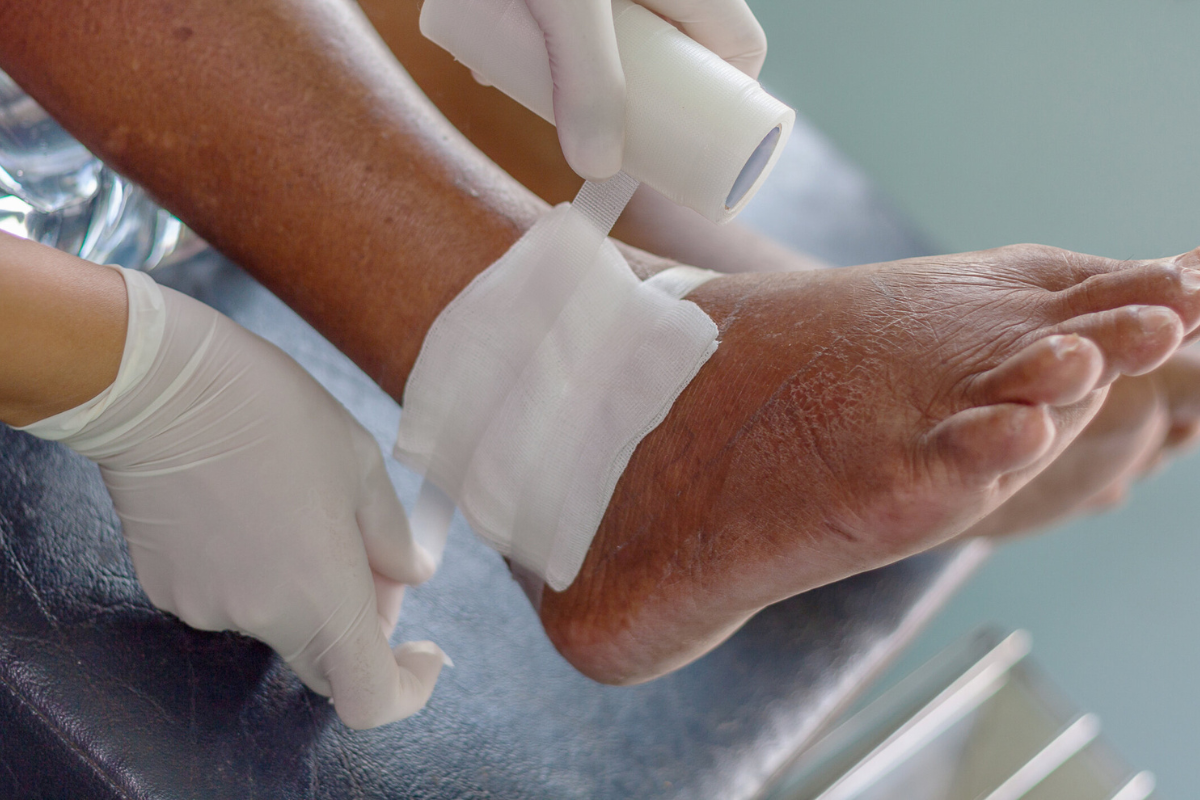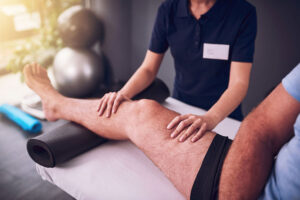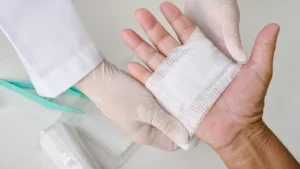Non-healing wounds, also known as chronic wounds, can significantly impact your quality of life. Whether caused by underlying medical conditions like diabetes, poor circulation, or pressure-related injuries, these persistent sores fail to heal over time. Orthopedic treatment plays a pivotal role in managing and treating chronic wounds, promoting faster healing, and improving mobility. If you’re suffering from non-healing wounds, understanding the role of orthopedic care can make a significant difference in your recovery journey.
What Are Non-Healing Wounds?
Non-healing wounds are sores or ulcers that fail to close within an expected timeframe, usually due to an underlying medical condition. Unlike acute wounds that heal in a few weeks, chronic wounds can last for months or even years if left untreated. These wounds are often linked to conditions such as diabetes, poor circulation, and pressure injuries. Diabetic ulcers, for instance, occur when high blood sugar levels interfere with the body’s natural healing processes. Pressure ulcers, also known as bedsores, develop when prolonged pressure on the skin restricts blood flow, causing tissue damage.
The Role of Orthopedic Treatment in Non-Healing Wounds
Orthopedic treatments are crucial for promoting the healing of non-healing wounds. These therapies help reduce complications, manage pain, and promote the regeneration of healthy tissue. Some of the most effective orthopedic treatments for chronic wounds include:
- Debridement: The removal of dead or infected tissue to promote the growth of new, healthy tissue.
- Advanced Wound Dressings: Specialized dressings that protect the wound from infection and enhance moisture balance, which is crucial for healing.
- Pressure Relief: Orthopedic devices, such as specialized cushions or beds, to reduce the pressure on vulnerable areas, especially for those with pressure ulcers.
Orthopedic care also includes regular assessments to monitor wound progress and ensure that healing is taking place at an optimal rate.
How Orthopedic Solutions Address Underlying Conditions
Orthopedic treatment doesn’t just focus on the wound itself but also addresses the underlying conditions that are preventing proper healing. For example:
- Diabetes: Managing blood sugar levels is essential in preventing further complications in diabetic wounds. Orthopedic specialists may work closely with endocrinologists to ensure blood sugar is controlled, aiding in the wound healing process.
- Poor Circulation: Conditions such as peripheral artery disease (PAD) can slow down blood flow to the limbs, which impacts healing. Orthopedic care may include circulation-enhancing therapies and exercises.
- Pressure Ulcers: Special orthopedic devices such as pressure-relieving mattresses, cushions, and boots can be used to prevent further pressure and improve healing.
Through a holistic approach, orthopedic treatment focuses on both the wound and the conditions that exacerbate its inability to heal.
Benefits of Orthopedic Treatment for Non-Healing Wounds
Orthopedic treatment offers several significant benefits for patients suffering from chronic wounds. Some of the key advantages include:
- Pain Relief: By reducing pressure and improving circulation, orthopedic treatments help minimize the pain associated with non-healing wounds.
- Infection Control: Proper wound care and timely debridement can help reduce the risk of infection, a common concern in chronic wounds.
- Improved Mobility: Orthopedic treatments can help patients regain mobility by reducing discomfort, thus enabling them to participate more actively in daily activities.
- Faster Healing: Early intervention with specialized orthopedic care can significantly shorten healing time compared to traditional wound care methods.
Advanced Technologies and Techniques in Orthopedic Wound Care
Advancements in technology have significantly enhanced the effectiveness of orthopedic treatments for non-healing wounds. Some of the cutting-edge techniques and technologies include:
- Hyperbaric Oxygen Therapy (HBOT): This treatment involves breathing pure oxygen in a pressurized room, which increases oxygen supply to the wound and accelerates healing.
- Biologic Dressings: Specially designed dressings made from living cells or tissues can promote faster healing by mimicking the body’s natural processes.
- Negative Pressure Wound Therapy (NPWT): A technique that uses suction to promote wound healing by drawing out excess fluid and improving blood flow to the wound site.
These technologies, combined with traditional Orthopedic Treatment for Non-Healing Wounds, provide a more comprehensive approach to wound care.
When to Seek Orthopedic Care for Non-Healing Wounds
It’s crucial to seek orthopedic care when a wound isn’t healing as expected, especially if it’s associated with conditions like diabetes or poor circulation. Some signs that you should consult an orthopedic specialist include:
- The wound shows no improvement after several weeks.
- The wound becomes increasingly painful or swollen.
- There’s an increased risk of infection (such as redness, warmth, or pus).
- You have underlying medical conditions that could affect healing (like diabetes or vascular diseases).
Early intervention can prevent complications and improve the chances of full recovery.
Takeaway
Orthopedic treatment plays a vital role in managing non-healing wounds, offering both immediate relief and long-term recovery benefits. By addressing not only the wound but also the underlying causes, orthopedic care can help promote healing, reduce pain, and restore mobility. If you’re dealing with a non-healing wound, consulting an orthopedic specialist may be the key to getting back on the road to recovery.






